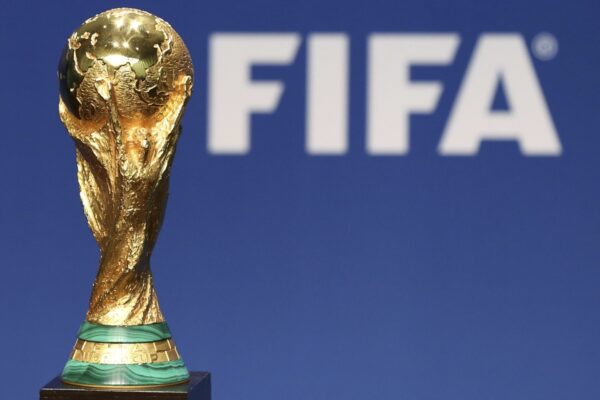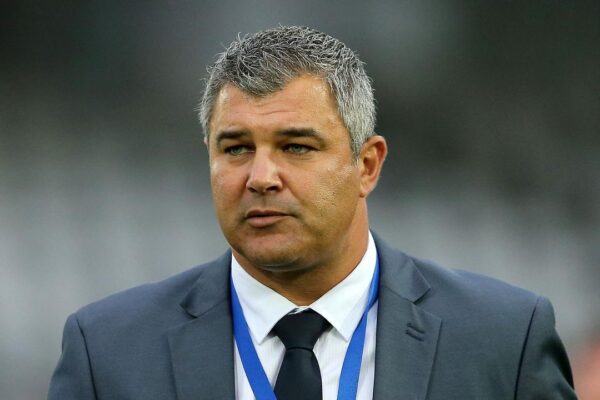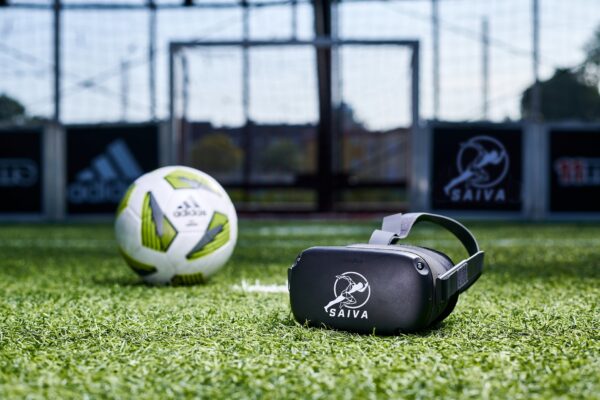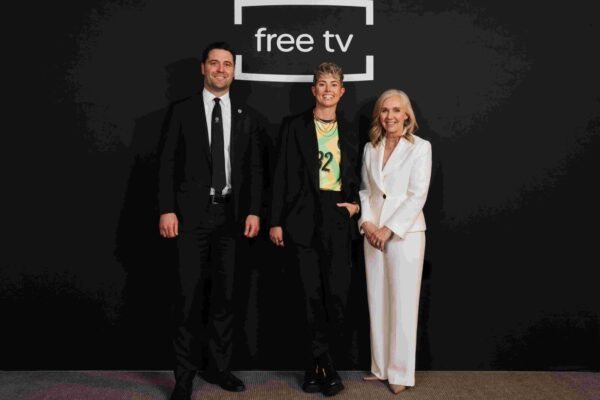
Football Australia have today announced the start of a game-changing partnership with Commonwealth Bank.
Originally announced in April this year, today’s newly formed partnership will see Commonwealth Bank become one of the largest investors in Australian women’s football.
Millions of dollars are set to be injected into the elite women’s game and grassroots initiatives across the country over the next four years.
The bank will become the official partner and bank of the Commonwealth Bank Matildas, Commonwealth Bank Young Matildas, Commonwealth Bank Junior Matildas, Socceroos and more.
In addition, the partnership supports Football Australia’s 15-year vision and strategic agenda to increase women’s and girls’ participation in the sport that was pledged in the Legacy ’23 plan.
Monique Macleod, Commonwealth Bank Group Executive of Marketing and Corporate Affairs, acknowledged the significance of such a landmark moment for CBA and Australian football.
“This is an exciting time for women’s football; the Matildas recent performance on the world stage is showing young Australian women and girls they can achieve great things. We are ready to play our part in strengthening the game at all levels as we head towards 2023 and beyond,” she said.
“We are delighted to partner with Football Australia in supporting the Commonwealth Bank Matildas in their quest for glory on the world stage, and the future growth and development of the game across all levels.”
Football Australia Chief Executive Officer James Johnson added: “Our partnership with Commonwealth Bank represents a clear and strong alignment of values between our two organisations. It is also a significant endorsement of our vision for Australian football and our strategic priority to anchor the growth of the game in women’s football.
“We are already seeing Commonwealth Bank’s commitment to helping Football Australia provide opportunities for all Australians to play football, and to further strengthen the Commonwealth Bank Matildas’ position as an iconic brand, by helping us to reach more Australians than ever before.
“In recent weeks we’ve seen the Commonwealth Bank Matildas set the record for the largest audience for a women’s team sport in Australian TV history, with an average television audience of 1.87 million tuning in to watch Australia and Sweden in Tokyo. This is a sign of how this team is capturing the hearts and minds of Australians everywhere and with Commonwealth Bank’s support, we believe this team will continue to grow and reach new heights over the coming years.
“Commonwealth Bank’s support for the Socceroos also comes at a time when the team has reached its highest FIFA ranking since 2011, and readies itself for the next phase of the Asian Qualifiers – Road to Qatar with upcoming matches against China and Vietnam in the September Men’s International Match Calendar window.”


















